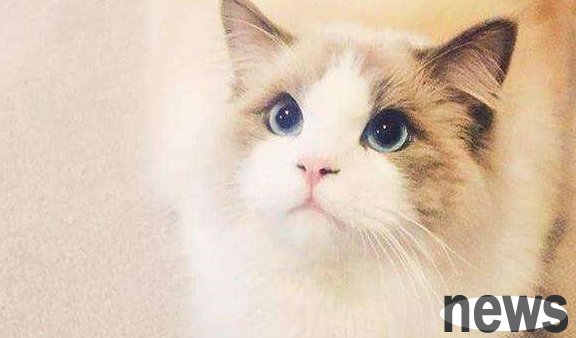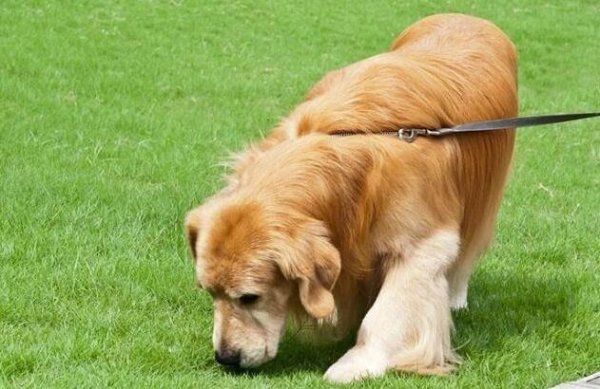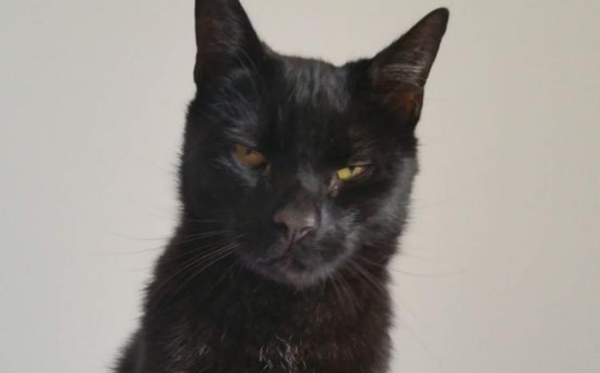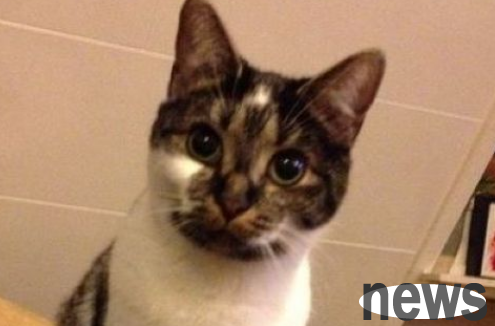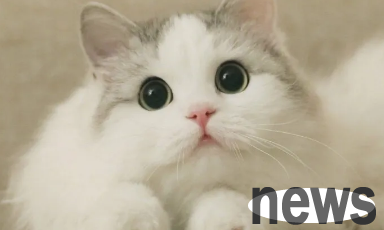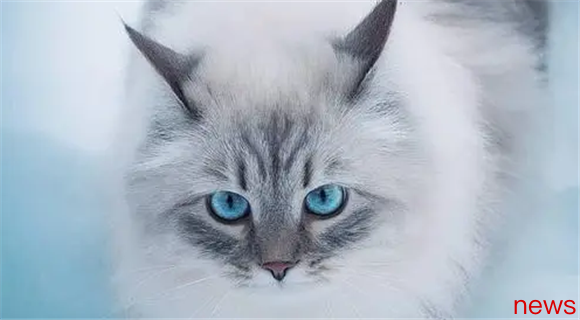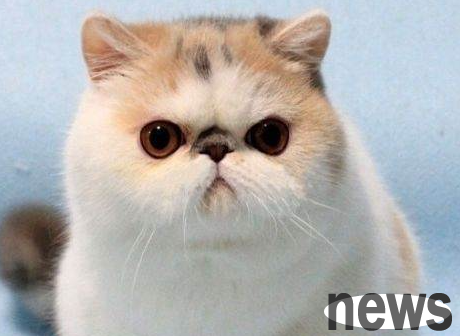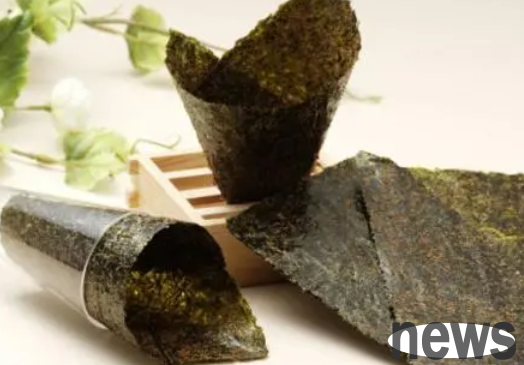"My cat s teeth disappeared as they grow..."
Let me tell you a ghost story first: cats' teeth will really disappear out of thin air. Last time, we have popularized the first type of common oral diseases in cats: periodontitis. Last time, we talked about the second type: cat's posterior stomatitis (referred to as cat's stomatitis for short). Today, let’s talk about the third type - cat’s teeth absorption, which is the legendary “disappearing teeth.”
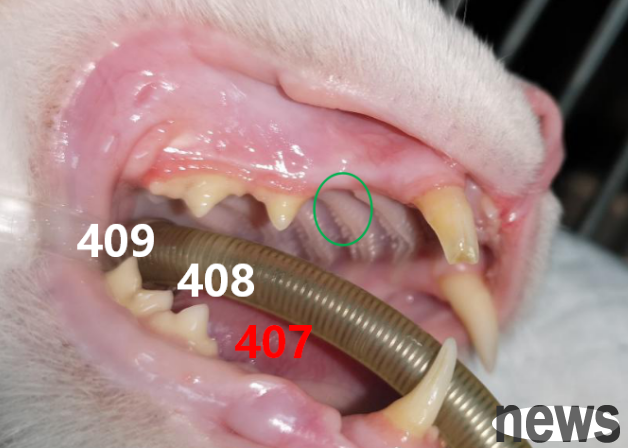
In fact, the cat suffers from a disease called tooth absorption.
studies show that the incidence of tooth absorption in cats is about 28.5-67%, and it will increase with age. When you get sick, pink granulation tissue will appear on the surface of the teeth, which will cause hyperplasia to wrap the teeth.
What is "tooth absorption"?
Tooth absorption is a destructive process in which a single or multiple teeth simultaneously occurs and is irreparable. It is due to the increased activity of multinuclear dental ruptured cells, resulting in permanent damage to the hard tissue of the teeth.
It is worth noting that the specific reason for the absorption of multiple permanent teeth in cats has not been determined yet, so there is no preventable method. Once tooth absorption occurs, it will slowly develop and the filling will not stop. In other words, when tooth absorption occurs, tooth filling is not an effective treatment plan.
What are the symptoms after "tooth absorption"?
If tooth absorption only exists at the root and the lesion is not exposed to the mouth, there will be no obvious symptoms.
However, when the lesion is located in the crown or neck of the tooth and is exposed to the mouth, the sick animal may experience symptoms such as salivation, head shake, sneezing, oral bleeding, oral pain, abnormal eating.
These symptoms have inter-individual differences. It is recommended that parents use their mobile phone to take video recordings when their children have similar situations and take them to a professional veterinary dentist for examination.
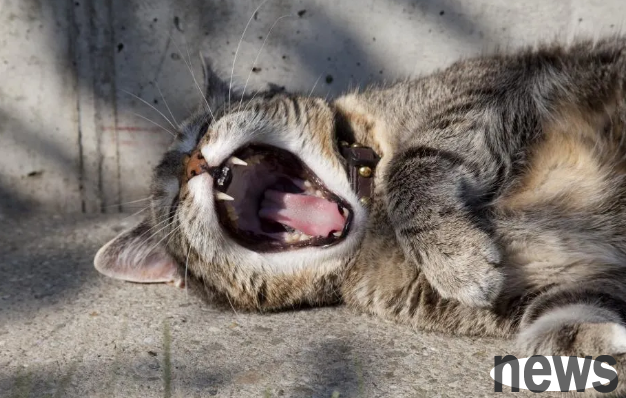
How to treat "thigh absorption"?
According to the standards of the American Academy of Veterinary Dentistry, dental absorption can be divided into type 1, type 2 and type 3 (combination types of type 1 and type 2).
If type 1, the lesion teeth need to be completely removed;
If type 2, crown cutting treatment can be performed in the late stage, the roots are retained and only the crown is removed, and complete tooth extraction is required in the early stage;
If type 3, the treatment method corresponding to type 1 or type 2 is selected according to the different root manifestations.
Tental absorption requires dental X-ray examination after anesthesia to confirm the diagnosis. According to the corresponding imaging characteristics, select an appropriate regimen for treatment.
In the face of tooth absorption, the most important thing is that parents can pay more attention to the cat's mouth. If any abnormality is found, please seek help from a veterinary dentist as soon as possible.
Some text and pictures in the text are from the Internet
If there is any infringement, please contact us to delete


